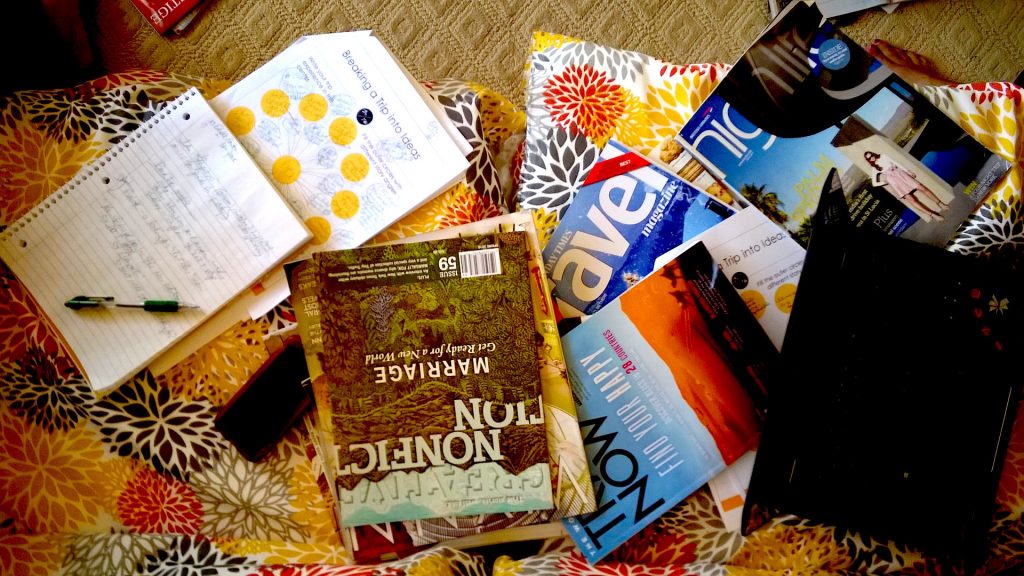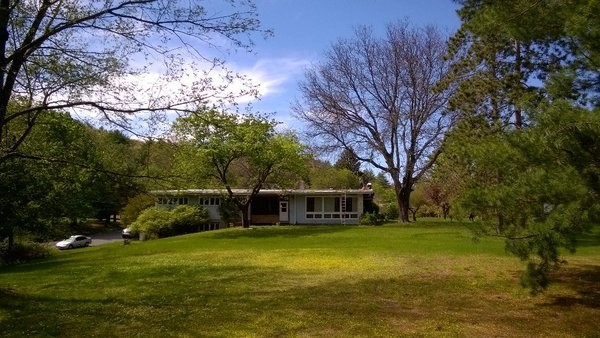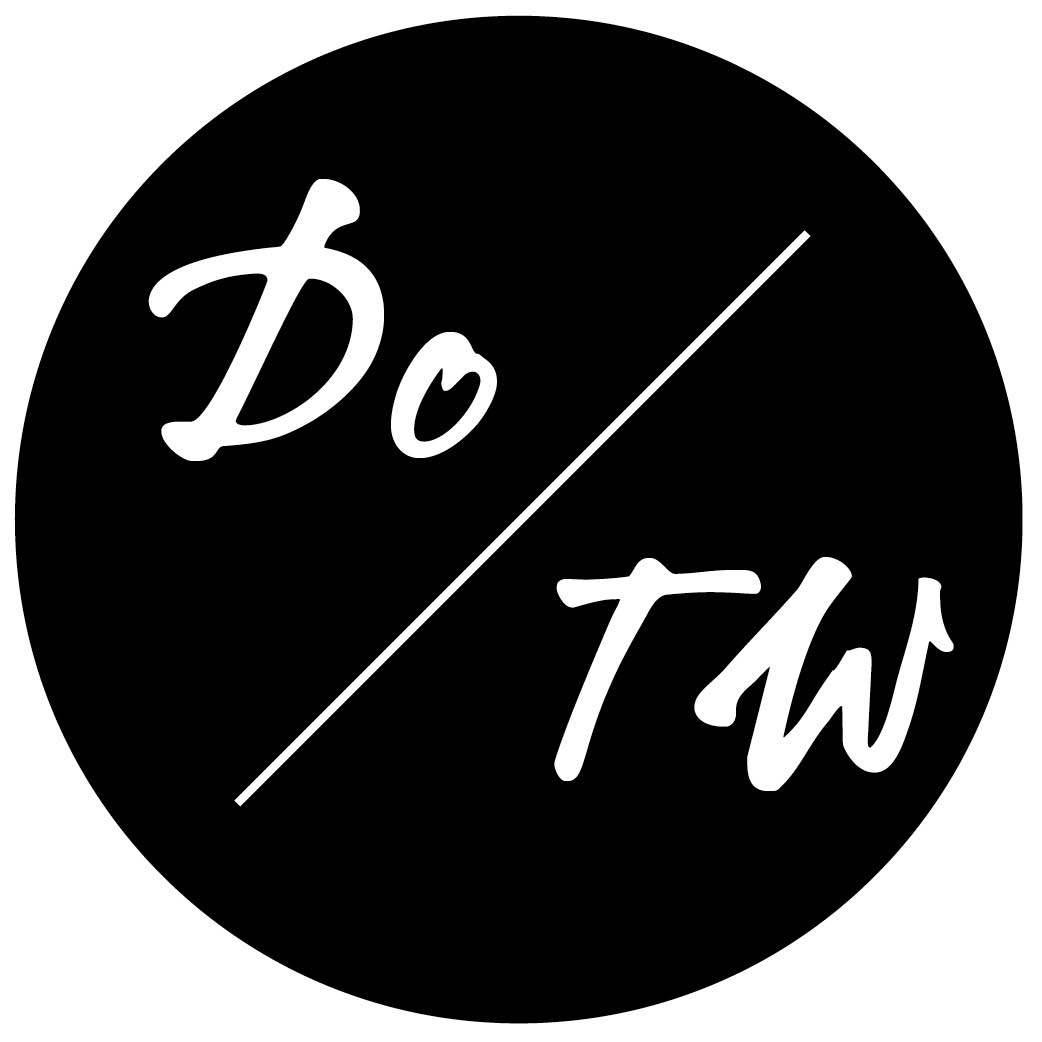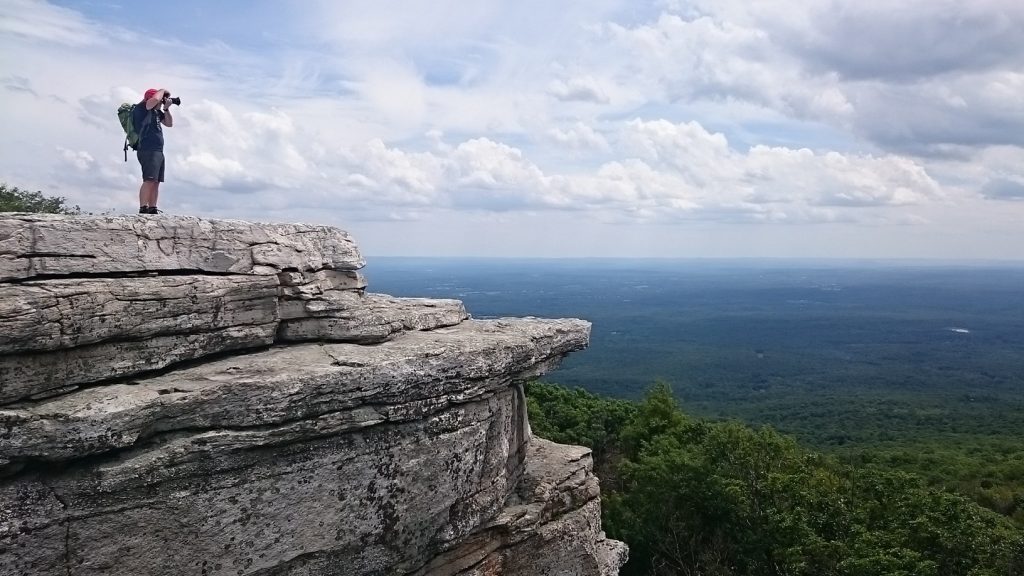A Weekend Travel Writing Retreat in the Catskill Mountains of New York
From the evening of Friday, March 16 through the afternoon of Sunday, March 20 a small group of travel writers is going on a wild ride in a private mountain retreat center just 1.5 hours outside of New York City.
In one intense weekend, they will learn everything there is to know about the types of magazine ideas that travel editors buy and put together 100 solid ideas matched to magazines ready to write up and send out to editors.
The workshop includes five modules, each with multiple exercises to make sure you put what you’re learning into action and walk out of the workshop with pitches ready to send to travel magazine editors. Attendees also get:
- 1 month of our coaching lite program following the event to help you stay on track to reach your goals including daily freelance travel writing inspiration, weekly accountability check-ins, one coaching check-in call each month, and full access to the Travel Magazine Database, with breakdowns of hundreds of travel magazines that spell out which sections of each magazine are open to freelancers, how to pitch them, and the direct emails for the editors you need to reach ($19
- 9 value).
- Two private coaching sessions with Gabi during the weekend to polish your portfolio, pitches, and proposals and plan for your travel writing success after the retreat ($250 value).
- A private room with writing desk and the opportunity to stay on at the retreat center the following week as many days as you’d like to continue working on your pitches in a focused writing space ($150 value).
- Wholesome, organic meals, beverages and snacks throughout the retreat ($100 value).
- A print copy of The Six-Figure Travel Writing Road Map…plus you’ll skip the shipping. We’ve already paid that for you ($25 value).
Will you be one of them?
Confirm your spot!
Want to know more? Read on…
An unfortunate thing often happens when I’m reading pitch letters freelancers have put together. I don’t feel good about it at all. But I know, without reading or skimming, just with a sweeping glance, if it’s going to get any traction with decently-paying outlets.
The part that makes me particularly unhappy about this process is that I know editors do the same thing. And that these pitches they glance over without actually reading are the ones that probably don’t get responses at all.
So when new freelance writers or freelance writers who are looking to grow their income tell me that they’ve not been getting a lot of, or any, responses from editors, I get a sinking feeling in my stomach. Because I know why.
The only thing that makes me happy is that it is 100% possible to prevent this situation.
In fact, I have watched people go from column A (not really any responses) to column B (responses the same day if not the same hour) with just one important tweak to how they put together their pitch letters.
But it has nothing to do with formatting, structure, grammar, or which publications or clips they brag about. The difference comes down to just one deceivingly simple thing: the article idea.
What is a Travel Magazine Article Idea Really?
On our free weekly webinars, I often end up spending the first ten minutes of the lesson grounding listeners in some aspect of what makes up a salable idea…as in one that an editor could even possibly consider buying.
You see, a lot of the pitch letters I come across—I’d even say a good 95% of them—don’t even contain an idea that the editor of the magazine in question could ever possibly publish in the pages of his or her magazine.
There is simply no appropriate space for a 2,500-word destination profile in a magazine that only runs 1,500-word narratives or for a feature on a single hotel in a magazine that only publishes three features a month about the latest trends in culinary tourism.
One of the biggest warning signs that a pitch is going to miss the mark is when a freelancer tells me that they’ve got a query letter all set and don’t know where to send it.
If a pitch isn’t written to specifically fit an exact section in one magazine, it’s chances of landing favorably in a well-paying magazine plummet.
So I can spend all day teaching you how to write fantastic pitch letters, but if you’re coming up with ideas that don’t fit magazines, you’ll never get published.
IdeaFest is Born
That’s why I decided that we need a full weekend dedicated just to reprogramming how writers formulate ideas in the first place free from the additional learning on how to write effective pitch letters.
Writing and generating ideas are, honestly, two completely different types of work. But the real work of being a journalist is actually the idea generation—not the writing.
I love how Geoff van Dyke, editor of Denver’s 5280 magazine put it:
Magazines are ideas that are manifest in print. As an editor, I’m hungry for ideas. When we run out of ideas, the magazine sucks. I don’t really care if the writer has a lot of experiences. If they demonstrate through their pitch they can at least give a good faith effort on it, we can take it across the finish line.
However, so many struggling writers have gotten it in their heads that they just need to show an editor that they can “paint a picture” of a destination and an editor will see they are great writers and throw them a bone. In low- (or non-) paying publications, that might work. But not with the type of publications that pay the rates you need to earn to make a living doing this work.
What to Expect from IdeaFest

Location:
Rosewood Writing Retreat Center
Catskills, NY (1.5 hours northwest of New York City)
The workshop includes five one-and-a-half-hour modules, each with multiple exercises to make sure you put what you’re learning into action and walk out of the workshop with ideas ready to pitch to travel magazine editors:
- Module 1: Resetting your view of what an “idea” is by breaking through your misconceptions, a highly interactive session
- Module 2: Slicing and dicing and goldilocksing your ideas into shapes that fit real magazines
- Module 3: 10 different methods for generating ideas and how to manage them once you have them
- Module 4: How to approaches generating ideas for features and other narratives
- Module 5: The spin cycle: taking one original “idea” and adapting it to 20 different markets
- Send-off: Where do we go from here? Keeping it up at home and getting pitches out
In between the group workshops, we’ll split up so you have time to leaf through and brainstorm using the magazines in our extensive library (the print collection that feeds the hundreds of magazine breakdowns in our Travel Magazine Database) while I do three one-on-one sessions with each attendee to attack issues tripping each of you up individually.
At the end of the weekend, you’ll leave with 100 salable ideas matched to magazines.
We’ll begin with the first session over dinner on Friday, March 16, around 8pm, and wrap up on Sunday at 4pm.
Our days will look like this:
Friday:
- Afternoon: Optional additional coaching time or free time to work in the house or make use of the library
- 5:00 pm: Guests arrive, tour the house and amenities; reception with drinks and snacks
- 8:00 pm: Dinner, introductions, Module 1
Saturday:
- 9:00 am: Breakfast
- 9:30 am: Module 2
- 10:45 am: Bathroom and coffee break
- 11:00 am: Module 3
- 12:30 pm: Lunch
- 2:00 pm: First batch of one-on-one sessions
- 4:00 pm: Module 4
- 5:00 pm: Second round of one-on-one sessions
- 7:30 pm: Dinner and a reprieve from your hardwork with liquor tasting!
Sunday
- 9:00 am: Breakfast and continue working on pitches
- 9:30 am: Module 5
- 11:30 pm: Last round of one-on-one sessions (1st half)
- 12:30 pm: Lunch and matching troubleshooting
- 2:00 pm: Last round of one-on-one sessions (2nd half)
- 3:00 pm: Where do we go from here? Keeping it up at home and getting pitches out
- 4:00 pm: Departure for guests not staying for additional retreat days
And you’re also welcome to stay an extra day or two before the retreat or after to get work done in a tranquil setting.
Our Catskills retreat center offers a lovely (sometimes snow covered this time of year!) background and I’ll keep you plied with healthy, creativity-inducing food throughout. There’s even a sauna. Despite the comfy surroundings, though, you’ll need to come rested and prepared to work hard, because these ideas do not brainstorm themselves.
When you leave, you’ll go away with new eyes and become that freelancer who, on tours during press trips, is writing down ten good article ideas a minute while the guide says things that you would have found unremarkable previously.
You’ll receive:
- 1 month of our coaching lite program following the event to help you stay on track to reach your goals including daily freelance travel writing inspiration, weekly accountability check-ins, one coaching check-in call each month, and full access to the Travel Magazine Database, with breakdowns of hundreds of travel magazines that spell out which sections of each magazine are open to freelancers, how to pitch them, and the direct emails for the editors you need to reach ($199 value).
- Two private coaching sessions with Gabi during the weekend to polish your portfolio, pitches, and proposals and plan for your travel writing success after the retreat ($250 value).
- A private room with writing desk and the opportunity to stay on at the retreat center the following week as many days as you’d like to continue working on your pitches in a focused writing space ($150 value).
- Wholesome, organic meals, beverages and snacks throughout the retreat ($100 value).
- A print copy of The Six-Figure Travel Writing Road Map…plus you’ll skip the shipping. We’ve already paid that for you ($25 value).
You can get all of this ($800+ value!) for $549.
Register now!
And if you register with a friend, or elect to make a new friend by sharing a room, use the code SHARING for take $50 off your registration.
Our Money-Back Guarantee
Our Travel Magazine Database has a pretty crazy guarantee.
If you use it, and pitch regularly for three months and don’t hear back from any editors, we’ll not only give you your money back, you’ll also get a private coaching call and three query critiques to get your pitching up to snuff so you start getting responses.
We’re going to extend that guarantee to the full price of the workshop.
If you attend the workshop, go home and send pitches regularly, and haven’t gotten any responses in three months, we’ll refund your entire fee and give you the private coaching call and three query critiques for free.
FAQ
How is this different from other writing retreats?

Dream of Travel Writing has the privilege of holding writing retreats in its own private retreat center, which has been set up explicitly for writers. There are a wide variety of writing spaces, including a desk in each room, writing desk with expansive view of the garden and forest, multiple outdoor writing spaces, library stocked with travel magazines, textbooks and travelogues, and more.
Where is the food coming from?
Gabi has a food background (her first blog was around 30-minute dinner parties and featured recipes from all over the world), has often catered events in the 100-200s over the years, and has a certificate in plant-based nutrition from Cornell University (the same one as Tom Brady’s personal chef!) Expect everything to be healthy, primarily gluten- and dairy-free so we can all enjoy the same great food with lots of vegetarian options and many vegetables from our own mini-farm or other farms right in our village.
Where is the retreat center?
The exact address will be released to attendees after registration. It is in a village in the city of Warwarsing, NY.
How do I get to the retreat center?
There are two ways to reach our location:
- Private vehicle (1.5 hours from Manhattan)
- Direct bus from Port Authority in Midtown West to the town of Ellenville (2.5 hours, departing 5:30 from Port Authority and arriving right in time for dinner on Friday)
If you’ve been thinking about pursuing travel writing as a part- or full-time, PAYING job, why haven’t you reached your goal yet?
If you’ve read this far, you need additional help or information to reach that goal. Don’t let someone else grab your spot.

